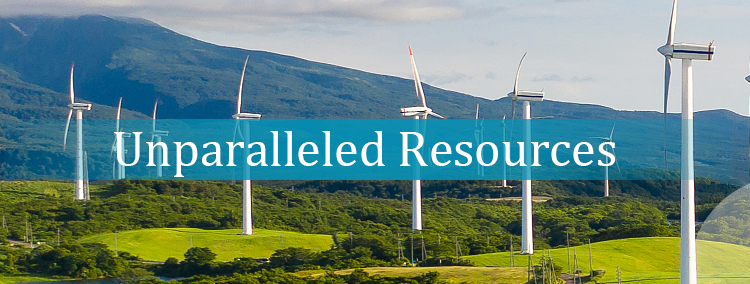
Vast territory
Located in East Asia on the western shores of the Pacific Ocean, China holds a vast territory endowed with rich resources and diverse products. With a land area of approximately 9.6 million square kilometers, China is the world's third largest country in terms of territory.
China's land frontier stretches 22,800 kilometers and borders 14 countries; China's territorial waters border eight countries. The eastern and southern continental coastlines span over 18,000 kilometers, embracing over 11,000 islands. Setting out from any point on China’s border and making a complete circuit back to the starting point, the distance traveled would be equivalent to circling the globe at the equator.
The long coastline and many excellent ports in China have facilitated the development of ocean transportation and foreign trade, while the long land border has favored the development of border trade. West China lies deep in the Eurasian continent and borders many countries, which enables direct contact with central Asia, west Asia and Europe.
The climate in China is complex and diverse. East China has a typical monsoon climate, while Northwest China has a temperate continental climate with large seasonal temperature variations, being bitterly cold in winter and hot in summer. The Qinghai-Tibet Plateau has a distinct high altitude climate. By temperature, China is generally divided into six climate zones from south to north: the tropical zone, subtropical zone, warm temperate zone, temperate zone, cold temperate zone, and the unique Qinghai-Tibet Plateau. In terms of precipitation, China is divided into four regions: the humid region, semi-humid region, semi-arid region, and the arid region.
Rich natural resources
China abounds in natural resources. With respect to mineral resources, 173 kinds of mineral deposits have been discovered nationwide as of 2021. Among them, copper, nickel, tungsten, platinum, lithium, fluorite, graphite, and wollastonite have particularly abundant reserves.
Proven reserves of energy sources include coal, petroleum, natural gas and oil shale; and radioactive minerals include uranium and thorium. China's coal reserves are mainly distributed in north China, with Shanxi and the Inner Mongolia autonomous region taking the lead. Petroleum reserves are largely found in northwest and northeast China, north China and the continental shelves in east China. Proven reserves of ferrous metals include iron, manganese, vanadium and titanium. The Anshan-Benxi Area in Liaoning, east Hebei, and Panzhihua in Sichuan are major iron producers. China has the world's largest reserves of tungsten, tin, antimony, zinc, molybdenum, lead, mercury and other nonferrous metals; its reserves of rare earth metals far exceed the total of the rest of the world, and its hydropower potential is the largest in the world.
Stable and ample power supply
In 2022, the supply chain of the energy industry was stable, the clean and low-carbon development of the energy system promoted continuously, and the energy mix adjusted and optimized.
By the end of 2022, the installed capacity of power generation across China was 2.56 billion kilowatts, a year-on-year increase of 7.9 percent. Specifically, the non-fossil based installed capacity was 1.27 billion kilowatts, a year-on-year increase of 13.8 percent and accounted for 49.6 percent of the total, which was up 2.6 percent year-on-year. In terms of types, the installed capacity of hydropower amounted to 410 million kilowatts; the installed capacity of grid-connected wind power reached 365 million kilowatts; and that of grid-connected solar power was 390 million kilowatts.
![]()

















